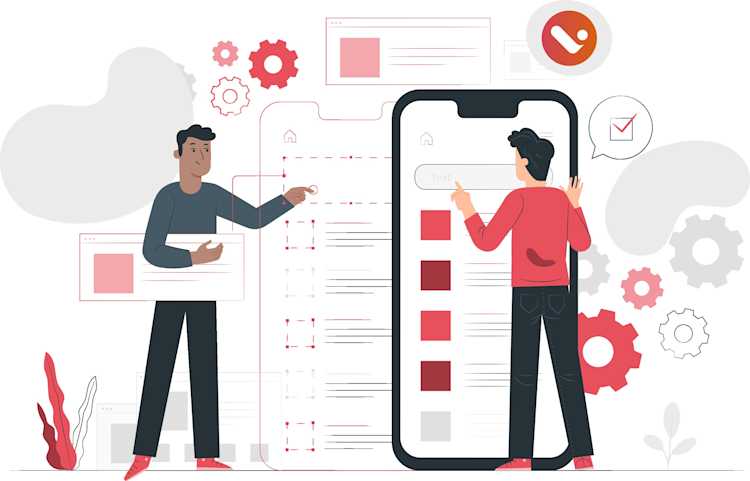Why Testing Matters: Building Confidence in Your Code
Imagine constructing a skyscraper without blueprints or stress analysis. The potential for disaster is high, right? Testing your codebase serves a similar purpose. It's the evaluation process that ensures your application is built on a solid foundation and functions as intended. Here's why writing tests is an essential investment in the quality and longevity of your code:
- Early Bug Detection: Tests act as a safety net, catching errors early in the development cycle. This prevents bugs from lingering and causing bigger problems later on, saving you time and frustration in the long run.
- Improved Code Maintainability: Well-written tests serve as living documentation, clarifying how different parts of your code interact and function. This makes it easier for you and other developers to understand, modify, and extend the codebase in the future.
- Confidence in Refactoring: Tests provide a safety net when refactoring code. You can make changes with the peace of mind that existing functionalities haven't been unintentionally broken. This empowers you to improve your code's structure and efficiency without introducing regression bugs.
- Reduced Risk of Regressions: Whenever you introduce new features, you can ensure they don't inadvertently break existing functionalities. This helps maintain a stable and reliable codebase.
- Enhanced User Experience: By catching bugs early and validating user flows, tests contribute to a more polished and user-friendly application. This translates to a better experience for your end users.
In essence, testing is an investment in the quality and future-proofing of your codebase. It empowers you to write cleaner, more maintainable code, catch issues early, and deliver a reliable application with confidence.
Unit Tests: The Microscopic Lens
Imagine a unit test as a magnifying glass for your code. It zooms in on individual units, like functions or classes, and examines their behavior in isolation. Typically, unit tests mock external dependencies (like databases or APIs) to ensure the unit itself functions correctly.
Benefits of Unit Tests:
- Fast and Focused: Unit tests are lightweight and execute quickly, allowing for rapid feedback during development.
- Isolation: They isolate units from external factors, making them less prone to breakage from changes elsewhere in the codebase.
- By Developers for Developers: Unit tests are often written by developers for developers, focusing on code logic rather than user experience, making them easier to write and maintain.
When to Use Unit Tests:
- Core Functionality: Testing core functionalities of individual components or functions is ideal for unit tests.
- Business Logic Validation: Unit tests excel at verifying if your code handles different inputs and outputs as expected.
- Error Handling: You can effectively test how your code reacts to various error scenarios using unit tests.
Popular Unit Testing Libraries:
E2E Tests: The User Experience
Think of E2E tests as simulating a user's journey through your application. They string together multiple functionalities, mimicking real-world interactions with the entire system. E2E tests often interact with actual databases or APIs to validate the overall user experience.
Benefits of E2E Tests:
- Comprehensive Checks: E2E tests provide a holistic view, ensuring different components work together seamlessly from the user's perspective.
- User Flow Validation: They verify if the application behaves as intended across various user workflows.
- Early Detection of Integration Issues: E2E tests can catch integration problems between different parts of the system early on.
When to Use E2E Tests:
- User Interface (UI) Interactions: Testing user interactions with UI elements, like buttons or forms, is well-suited for E2E tests.
- Happy and Error Scenarios: Simulating both successful user journeys and error handling scenarios helps ensure a robust user experience.
- Integration Testing: E2E tests can uncover issues between different parts of the application working together.
Popular E2E Testing Libraries:
Choosing the Right Test: A Balanced Approach
While unit tests and E2E tests serve distinct purposes, they work best in tandem. Unit tests provide a strong foundation, ensuring the building blocks of your application function correctly. E2E tests then validate that these building blocks come together to deliver a seamless user experience. By employing both types of tests, you can achieve comprehensive test coverage and ensure the quality and functionality of your software.

